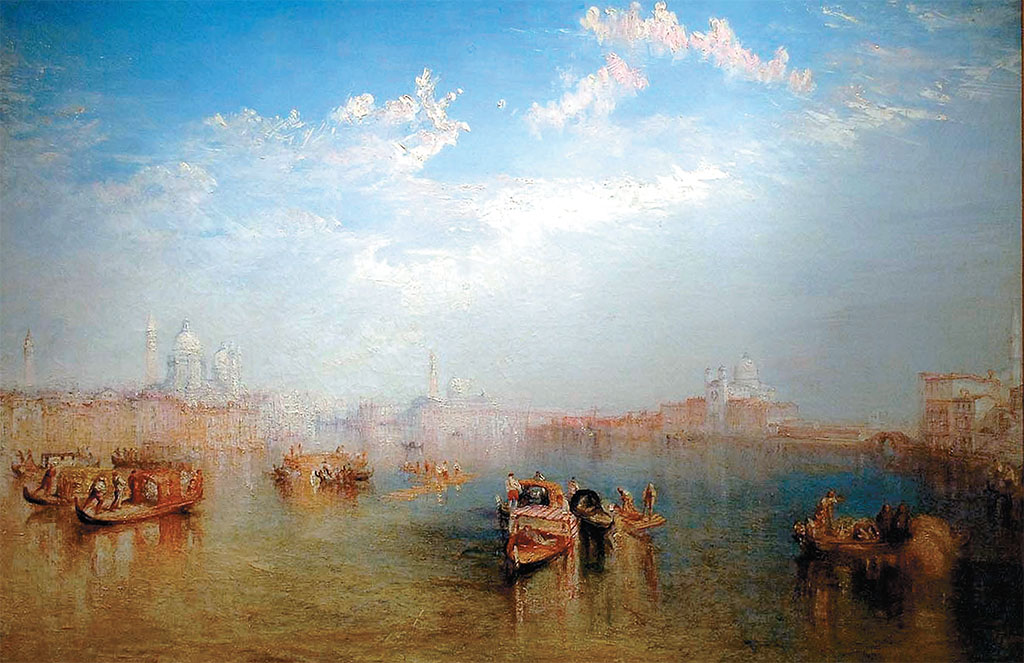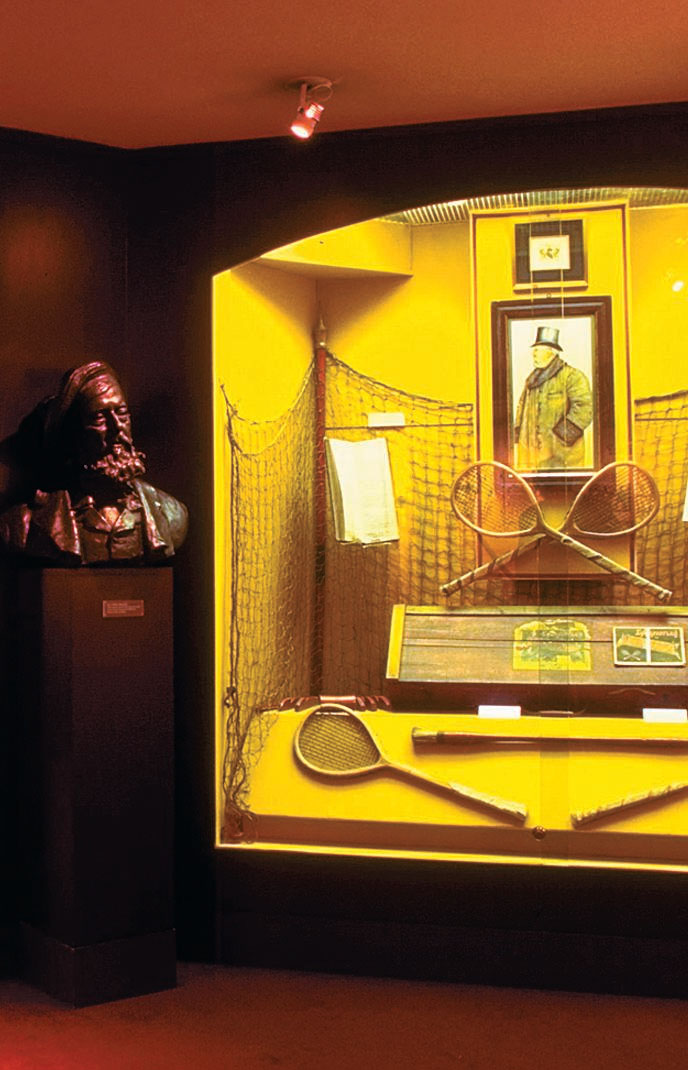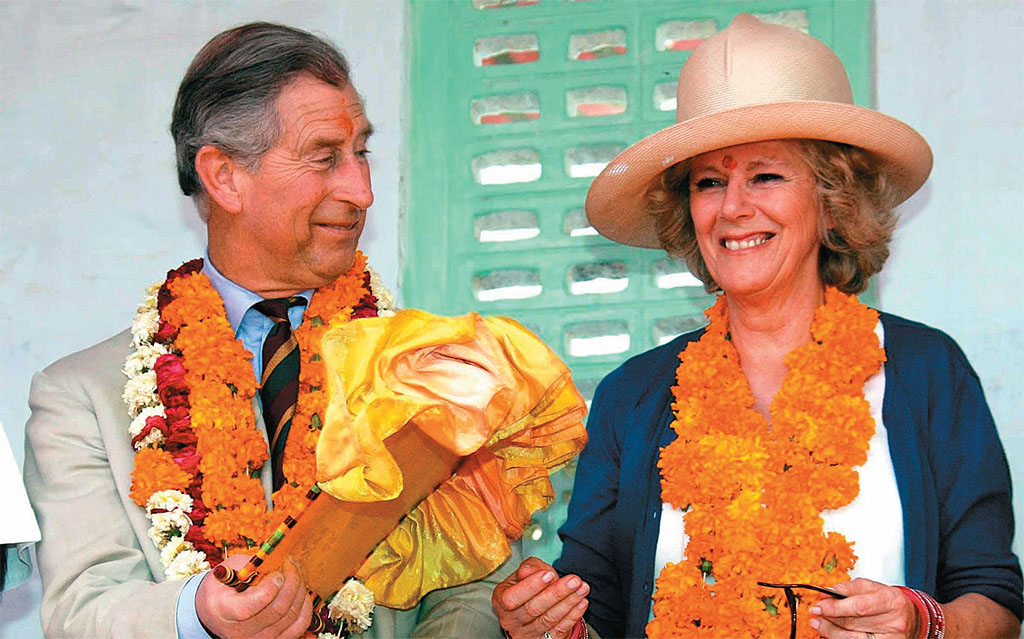
[caption id="InBritainTheseDays_img1" align="aligncenter" width="152"]

[caption id="InBritainTheseDays_img2" align="aligncenter" width="1024"]

COURTESY OF RAT RACE URBAN ADVENTURE
WELCOME TO THE RAT RACE
Extreme sports take to the streets in the Rat Race Urban Adventure. First begun in Edinburgh in 2004, the Rat Race this year has three venues: Bristol in June, Edinburgh in July and Manchester in August. The two-day event turns cityscapes into an adventure playground as 1,000 Rats spend a total of 11 hours negotiating a course around the city. Every Rat Race includes running or hiking, mountain biking, rope-assisted or protected pursuits, canoeing and other wet activities, orienteering and “secret disciplines.” Participants come equipped for every pursuit and race in teams of three. With the metropolis as a playground, Rats find themselves abseiling off buildings, kayaking urban waterways and scrambling through the alleys and cobbled courtyards of the urban jungle. At each Rat Race, an event village forms the centerpiece of activity. In Edinburgh, it is Princes Street Gardens where adventure racers and spectators mingle amid live music and a fringe program of events ranging from trampolines and assault courses to hot tubs and a beer garden. This hot new urban sport seems certain to expand to other British venues in coming years. Web site: www.ratraceadventure.com
SCOTS RESENT THE REGIMENT’S LOSS
A reorganization of the Scottish Division of Infantry within the British army has left Scots and Scottish veterans at their most dour. Many of the affected regiments have strong local affiliations in Scotland, as well as a great deal of history and regimental pride.
The regiments whose identities have disappeared into the battalions of a new Royal Regiment of Scotland are the King’s Own Scottish Borderers, the Black Watch, the Royal Highland Fusiliers, the Highlanders, the Royal Scots and the Argyll and Sutherland Highlanders. At ceremonies held in Edinburgh, Belfast, Perth, Cyprus and Basra at the end of March, these Scottish fighting units were consigned to history.
The Royals Scots, 1st of Foot, was the senior British infantry regiment and the oldest existing regiment in the world, displaying on its colors all four of Marlborough’s victories in addition to Waterloo. Perhaps most famous of all, however, was the Black Watch, whose old soldiers gathered for ceremonies outside Balhousie Castle, their historic regimental headquarters in Perth.
The veterans stood silent in a cold drizzle while a lone piper played the lament “Lochaber No More.” One old major spoke the frustration and anger of all: “These buggers in Whitehall don’t have a clue about what we are losing. They haven’t seen really gutsy service with the regiments, and they don’t understand what Scots are about.” Web site: www.telegraph.co.uk
[caption id="InBritainTheseDays_img3" align="aligncenter" width="1024"]

EDDIE MULLHOLLAND/TELEGRAPH UK
TITANIC TURNER TURNOVER
A Joseph Mallord William Turner masterpiece has set a new record for a British painting sold at auction. The painting of Venice, titled Giudecca, La Donna della Salute and San Giorgio, was bought this spring at Christie’s in New York for $35,856,000. Regarded as a perfect example of the artist’s Venetian subjects, the oil painting is one of three Turner did for the Royal Academy of Arts Exhibition in 1841.
FIRST-EVER JAMES HERRIOT CONVENTION
With millions of Herriot fans across the world, interest is high in the first-ever James Herriot Convention being held in the Yorkshire market town of Thirsk this autumn. Called Darrowby in the Herriot books, Thirsk was where real-life veterinarian Alf Wight practiced for most of his life. Held November 4-5, the convention will mark the inauguration of a new James Herriot Society. Guided tours of Herriot’s Thirsk and talks by Jim Wight, Herriot’s son and official biographer, and Johnny Byrne, writer of the BBC series All Creatures Great and Small, are among the program highlights. Web site: www.hambleton.gov.uk/hambleton/herriot.nsf
[caption id="InBritainTheseDays_img4" align="aligncenter" width="688"]

GETTY IMAGES
TENNIS HISTORY AT WIMBLEDON
A new museum at the British home of lawn tennis features exhibits and artifacts of the game never before displayed in public. Rackets, outfits and memorabilia of such tennis greats as Rod Laver, Billie Jean King, Bjorn Borg, John McEnroe, Martina Navratilova, the Williams sisters and more are among the highlights of the Wimbledon Lawn Tennis Museum at the famous South London tennis venue. Interactive exhibits recount the game’s evolution from garden party pastime to major professional sport, and give visitors a glimpse of the great moments in tennis history. The museum, at the All England Lawn Tennis and Croquet Club, is open daily. Wimbledon Station is a 10-minute train ride from London Waterloo. On the Underground, take the District line to Southfields. Either way, it’s a short stroll (or a #493 bus ride) to the Wimbledon complex. Web site: www.wimbledon.org/museum
EDINBURGH FESTIVAL CELEBRATES
The Edinburgh International Festival marks its 60th anniversary this year. From August 13 to September 3, Scotland’s capital comes alive with what has become perhaps the leading arts festival in the world. From historic Usher Hall to Canongate Kirk, Edinburgh’s performance venues sparkle with a full program of opera, dance, theater and music. It would take a page to list all the highlights for the anniversary year. A few are the British premiére of George Balanchine’s Don Quixote, the American Repertory Theater’s production of Chekhov’s Three Sisters and all nine Beethoven symphonies performed by the Scottish Chamber Orchestra.
The gala finale to the three-week festival is the largest annual fireworks concert in Europe, held in the Princes Street Gardens. This year’s pyrotechnic extravaganza on September 3 is choreographed to Prokofiev’s Romeo and Juliet. Web site: www.eif.co.uk
REFIGHTING THE BATTLE OF HASTINGS
Every British schoolchild can recall that the Battle of Hastings was the most important battle in English history. William the Conqueror’s defeat of Saxon King Harold in 1066 changed the course of English history as no other single conflict. The opening of a new visitor center this autumn at the site of the battle is occasioning a major reenactment of the clash on its 940th anniversary, October 14-15.
Thousands of reenactors will replay events of the battle, amid a festive assemblage of falconry displays, period music and 11th-century army encampments. All this takes place, actually, in Battle, some half-dozen miles northeast of Hastings on the East Sussex coast.
Also on the site is the great Benedictine foundation, Battle Abbey, which William built to atone for the bloodshed of the battle. Conventional wisdom says that the altar of the abbey church marks the spot where hapless King Harold was killed by an arrow. Web site: www.english heritage.org.uk
[caption id="InBritainTheseDays_img5" align="aligncenter" width="1024"]

IAN JONES/TELEGRAPH UK
ON THE ROAD AGAIN[/caption]





Comments